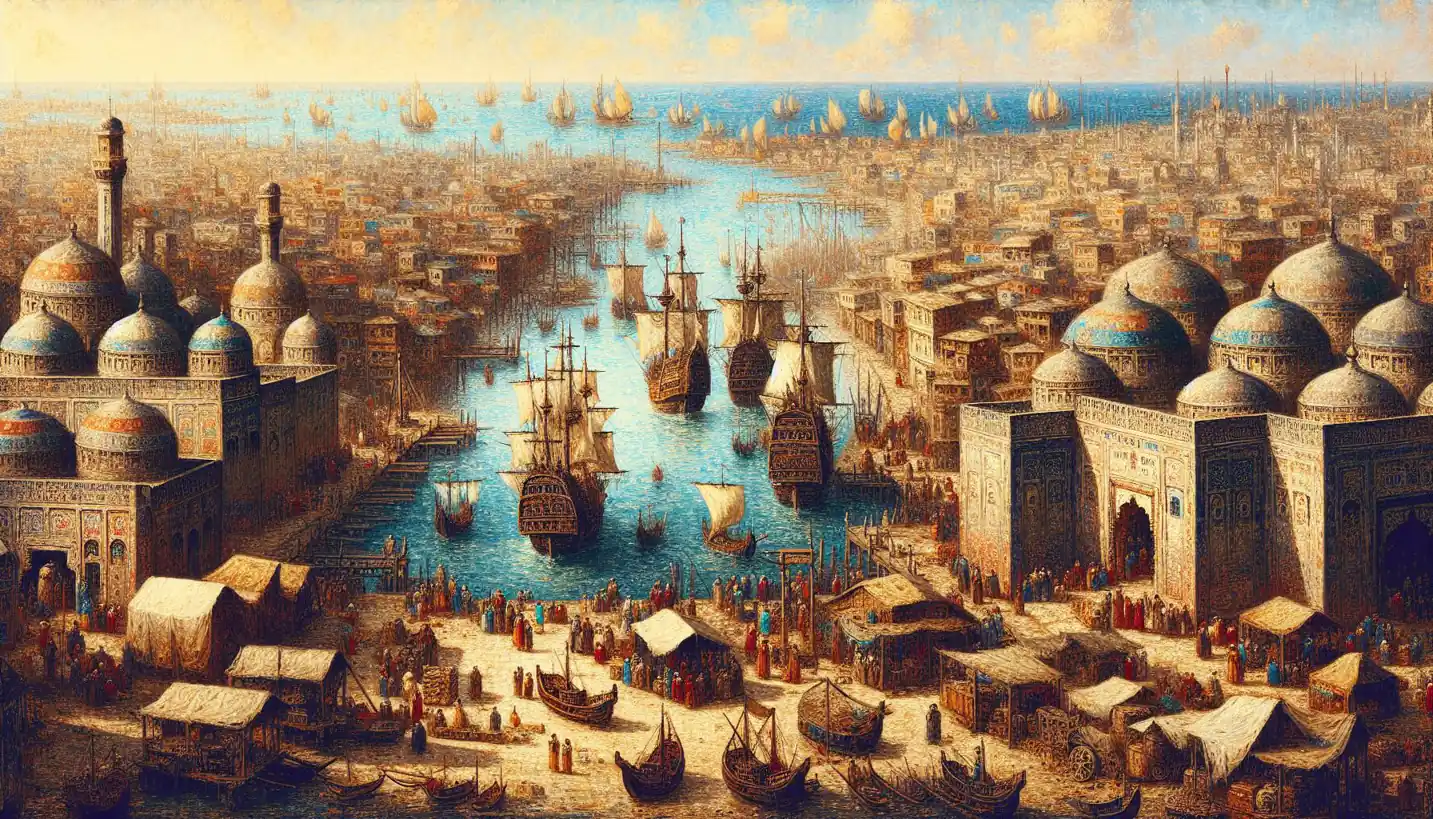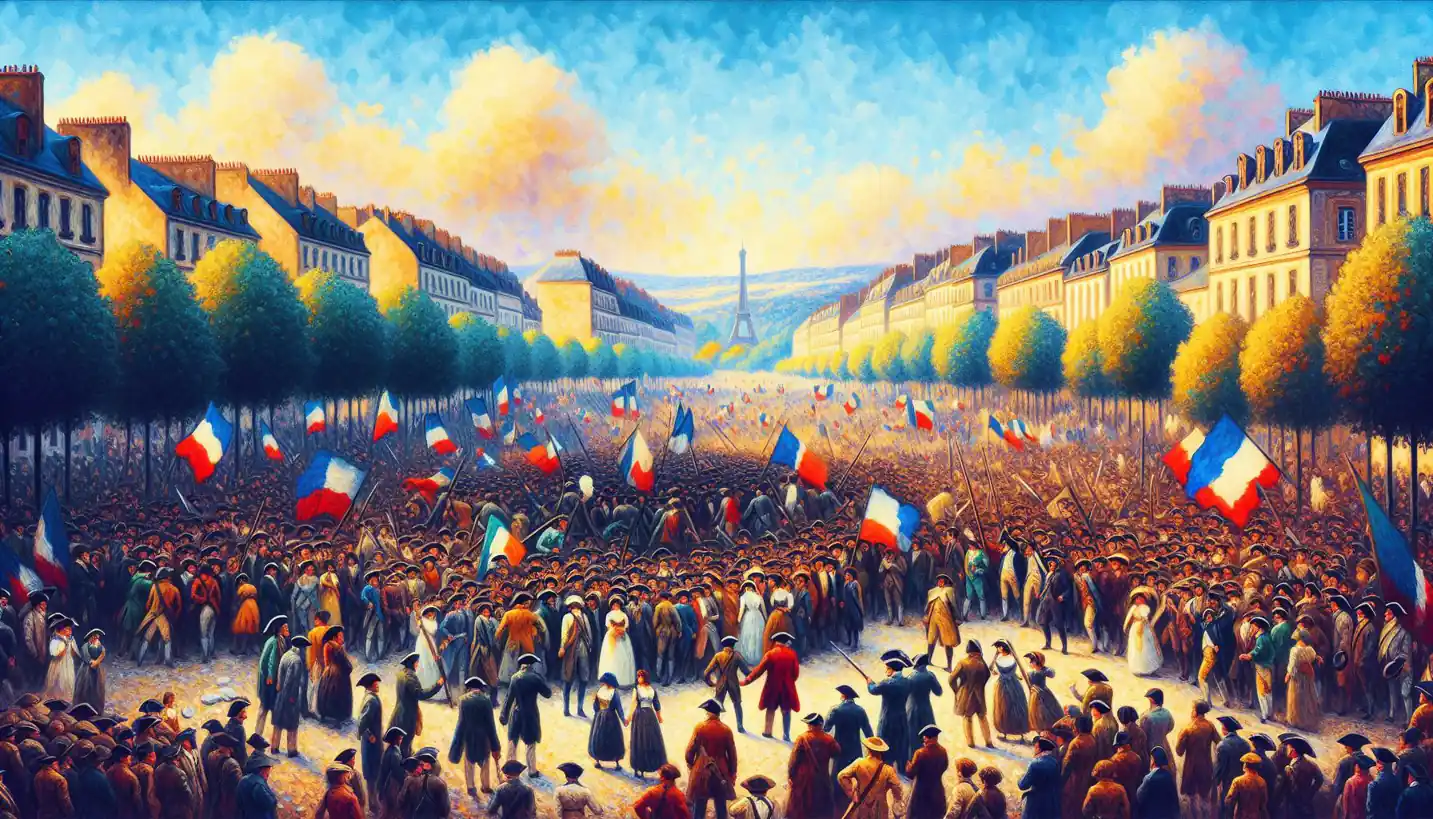· History · 5 min read
Morse Code: The Dot-and-Dash Revolution That Changed Communication
Morse code's dots and dashes bridged communication gaps worldwide. Explore the impact of this simple yet powerful language.

Throughout history, technology has always found ways to bring people closer together. When you think about the world of instant messaging and social media today, it’s hard to imagine a time when sending a simple message could take days or even weeks. But let’s wind back the clock to the early 19th century, a time when a series of dots and dashes started a communication revolution that forever changed how we connect—Morse Code.
Morse Code might seem like a relic from the past, a quaint system tapping out signals over telegraph wires. But it marked a significant leap in technology and communication. It was the very language that powered the telegraph, the first form of electronic communication. This dot-and-dash technique offered a new way to talk across distances quickly and efficiently, unlike anything the world had seen before.
So, how did this all start? The story begins with Samuel Morse, an American artist and inventor, who co-developed this clever code system. In the 1830s, while traveling back to the United States from Europe, Morse heard about the emerging concept of electromagnetism. This sparked his interest in developing a device that could send electrical signals over a wire. Along with Alfred Vail, an inventor who worked closely with Morse, he perfected a system where each letter of the alphabet was represented by a unique sequence of short and long signals, or dots and dashes.
Imagine trying to send a message to a friend far away in the early 1800s. You’d likely have to send a handwritten letter carried by horse carriage, ship, or train. It could take days, weeks, or even longer. But with Morse Code and the telegraph, suddenly you had the means to communicate information almost instantaneously across miles of wire. The code translated messages into electrical impulses that could be sent across these wires, making it possible to relay information swiftly and consistently over great distances.
The launch of Morse Code was nothing short of revolutionary. When, in 1844, the first message was sent from Washington D.C. to Baltimore—famously reading, “What hath God wrought?”—it captured the wonder and transformational nature of this invention. Morse Code wasn’t just an achievement of technical brilliance; it was the start of the global communication era.
Let’s dive deeper into the brilliance of Morse Code itself. At its core, Morse Code is simple yet ingenious. Each character—letters, numbers, and some punctuation marks—has a corresponding series of dots (short signals) and dashes (long signals). For example, the letter “E” is just a single dot, while “T” is a single dash. The code for “S” is three dots, while “O” is three dashes, famously known from the SOS distress signal of ”…---…“.
This simplicity meant it was relatively easy to learn and use, even under challenging conditions. It was adaptable and could be sent by sound, light (using flashes or lamps), or radio waves. During World War II, Morse Code was invaluable in military settings for sending encrypted messages. Even today, amateur radio enthusiasts and certain emergency situations still rely on Morse Code because of its efficiency when other communication forms are unavailable.
While Morse Code itself was groundbreaking, it was the telegraph system it partnered with that truly upended communication norms. The telegraph worked by manipulating the flow of electricity through wires, enabling the transfer of messages encoded in Morse Code from one telegraph station to another. Operators would tap out messages on a Morse key, and the electrical signals would be converted into physical marks onto paper or audio signals. As these electrical pulses traveled along miles of wire, they bridged immense distances in a matter of seconds.
An important point about the invention and spread of Morse Code is its role in creating a more connected world. The invention helped lay the groundwork for future technologies, demonstrating how electronic communications could shrink our world and create pathways for the oncoming digital age.
One might wonder, what is the legacy of this seemingly old-fashioned code in our present high-tech world? Interestingly, Morse Code has left its mark on various modern aspects. For instance, its principles are evident in certain digital data transmissions, which rely on simple states similar to dots and dashes, and it remains a basic training tool for understanding signal transmission.
Moreover, Morse Code has a lasting cultural impact. The rhythm of its sounds serves as a memorable motif in music, art, and cinema, often symbolizing urgency or a nod to early technologies. Its use in emergency signaling—think of the iconic SOS—remains entrenched in our collective consciousness as a universal distress call. Despite its age, this humble code serves as a bridge, connecting our intricate past to the ever-accelerating present.
In conclusion, the history of Morse Code is not just a story of inventing a new way to communicate but also about the transformative power of innovation. It reminds us of a time when breakthroughs in communication fundamentally reshaped society, fostering deeper human connection. Morse Code has not been left behind; rather, it continues to echo through time, a testament to its enduring utility and influence. As we continue to explore new frontiers in communication technology, the foundation laid by Morse Code keeps inspiring us to find ever more ingenious ways to connect and share.



